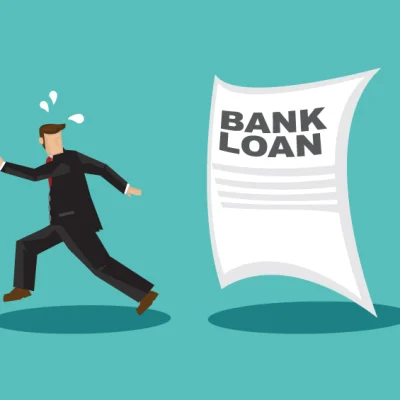Kenya’s fast-growing digital lending sector is once again under the spotlight following reports that borrowers are struggling to repay microloans under Sh1,000.
A past article published by Business Daily Africa claimed that as much as 83 percent of loans below Sh1,000 went unpaid, sparking debate over the true scale of default in the mobile lending space.
While the figure paints a dire picture, financial researchers caution that the number may be misleading. Data from institutions such as the Central Bank of Kenya (CBK) and FSD Kenya confirm that default rates on small, short-term loans are high, but nowhere near the 83 percent suggested.
For example, a 2020 FSD Kenya study found that many digital borrowers fell into arrears, yet the proportion of loans that went completely unpaid after a year was closer to 5 percent in some studies.
Industry experts say the repayment challenges are linked to the size and structure of digital loans. Because amounts below Sh1,000 are often advanced without rigorous credit checks, they attract borrowers who may lack the ability to repay. At the same time, the small size of the loans makes lenders less motivated to pursue collection aggressively.
Despite the repayment concerns, digital credit has transformed access to finance in Kenya. Mobile lending platforms such as M-Shwari, Tala, Branch, and Fuliza have reached millions of unbanked citizens, offering quick relief in emergencies.
However, analysts warn that the sector still faces trust and sustainability challenges. Questions around transparency, interest rates, and repayment culture continue to grow, with regulators such as CBK now tightening oversight of digital lenders.
As the debate over repayment rates continues, one thing remains clear: digital credit is here to stay — but its future depends on balancing accessibility with responsible lending and borrowing practices.





